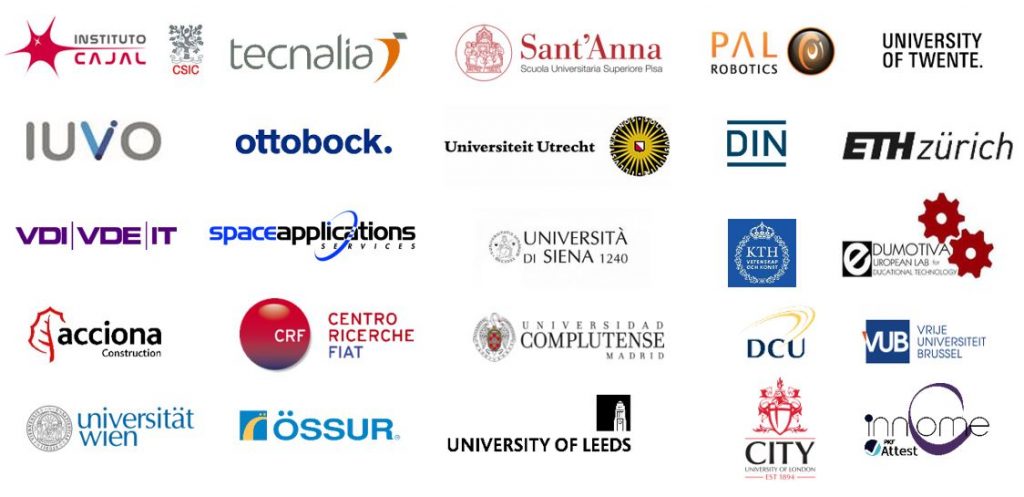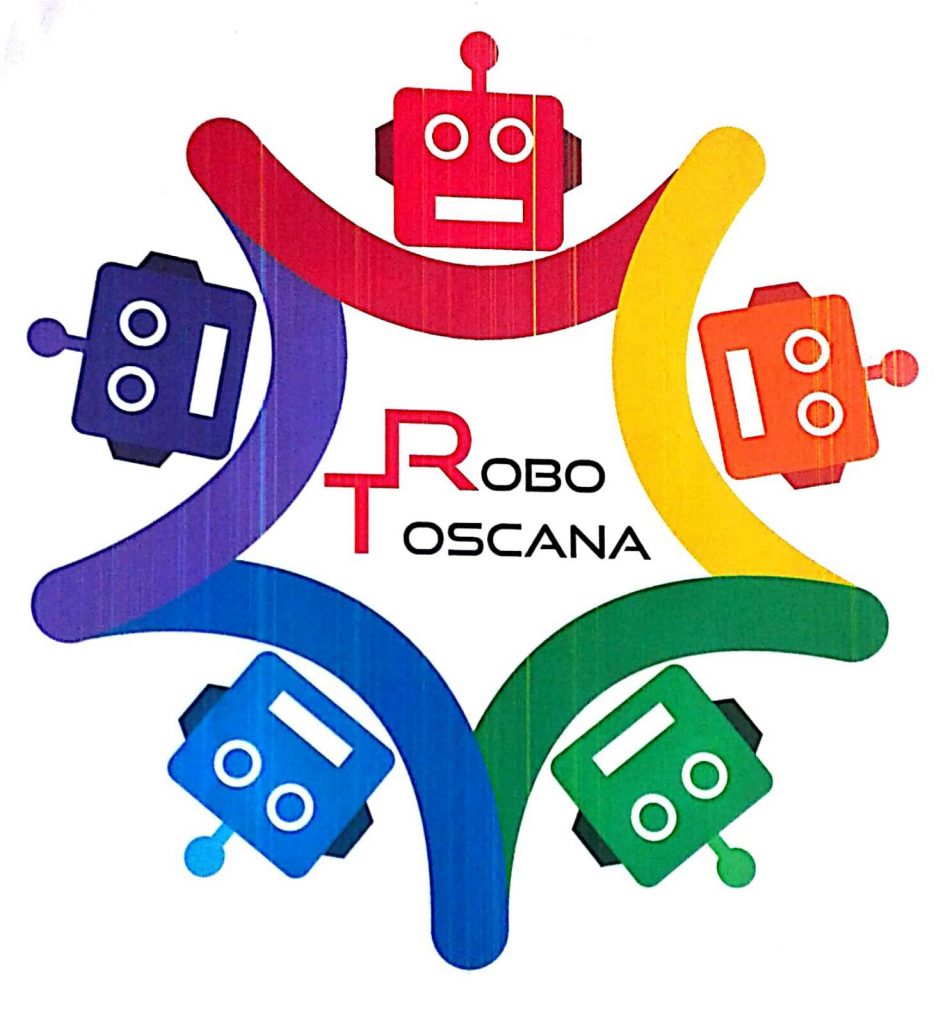Safety and Certificacion in the Robotics Field
Under product safety regulation, a product is presumed to be safe it meets all statutory safety requirements under European or national law, which states that under normal or reasonably foreseeable conditions, do not present any risk or only the minimum risks compatible with the product’s use, considered to be acceptable and consistent with a high level of protection for the safety and health of persons.
.
.

Certifications
Certification is the procedure products meant to be traded onto the EU market needs to undergo, to assess whether they meet the minimum safety requirements set out by relevant legislation, and obtain the «conformity mark», certifying said compliance
.
The role and legal value of standards
In general, standards are adopted by international (e.g. ISO) and EU organizations, and in some cases even national authorities. Indeed, since standards are deemed acknowledged rules of technology, describing what it takes for a product to be safe, judges often assume that a product has been manufactured with “due care” or “due diligence”, if it complies with the relevant standards, also when solving issues related to product conformity and defect-based liability
.
Legal Framework
the applicable legislation is necessarily identified through a case-by-case approach, taking into account both the technical features of the robots, the use they are destined for, the environment they will be installed or be used in, as well as the impact they will have on direct and indirect users.
Find out more about safety and certification on the INBOTS White paper
Related News
[display-posts category = “lese” posts_per_page = “4” include_date = “true” image_size = “thumbnail” order = “DESC” orderby = “fecha”]
.
Project members

Related projects



.
